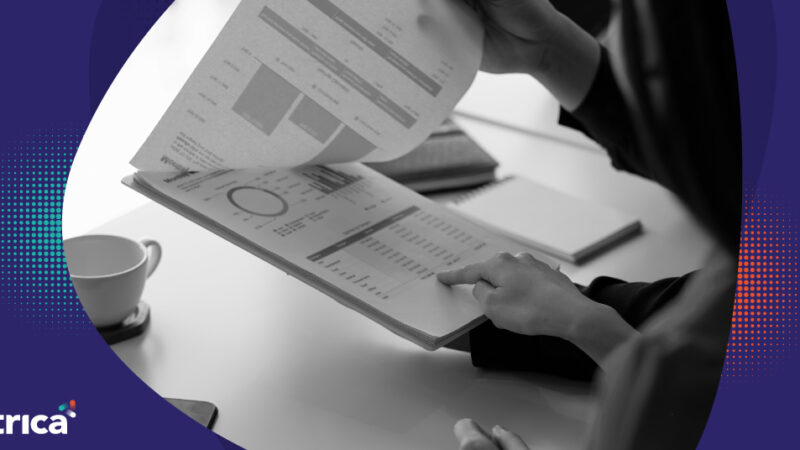
Is Employee Stock Purchase Plan A Right Choice?
Any investment plan is valuable for an investor if he understands the scheme and its tax implications and whether it is aligned with his personal financial goals. Equity compensation plans like Employee Stock Purchase Plans (ESPPs) and Employee Stock Option Plans (ESOPs) are excellent investment opportunities for young professionals. Such schemes allow them to accumulate wealth while advancing their careers. Investing in such equity compensation plans could help mid-career and senior-level executives save for a comfortable retirement.
In recent years, a large number of companies, particularly startups, have been offering equity participation programs in addition to employee compensation packages to attract, retain, and motivate key personnel.
While global corporations appear to be enthusiastic about offering ESPP schemes, are they always the right choice for employees? What factors should employees consider while investing in ESPPs to get the most out of these programs?
Before we attempt to provide objective answers to these questions, let us review some fundamentals of employee stock purchase plans.
Employee Stock Purchase Program: Updating the Key Aspects
Employee stock purchase plans (ESPPs) are similar to traditional recurring deposits (RD) or the more recent systematic investment plans (SIP). Eligible employees can contribute a set amount to the investment scheme from their monthly paychecks.
But unlike the two savings/ investment schemes, in ESPP, the company uses the accumulated contribution during the offering period to purchase the firm’s shares on behalf of their employees. The purchase is, of course, made at a discounted rate ranging between 5% and 15% of the share’s market value.
Companies can provide two equity purchase plans: qualified ESPPs and non-qualified ESPPs. The two schemes differ in terms of tax implications and flexibility.
Let us explore some of the most important aspects of running an ESPP:
- Offering Period– The employer sets this time frame, in which contributions to ESPP can be made.
- Grant Date– It marks the first day of the offering period.
- Purchase Period– It is the period of accumulation after which the funds are used to purchase stocks. There could be multiple purchase periods within an offering period, depending upon the scheme’s duration. A typical purchase period is six months.
- Purchase Date– Employee contributions are used to buy shares on the purchase date, and it is also known as the exercise date of ESPP.
- Lookback provision– The ESPP lookback feature compares the stock’s market price on the grant date and the purchase date and acquires it at the lowest of the two prices.
ESPP Investments: 5 Points for Employees to Contemplate
The decision to participate in your company’s ESPP is purely a matter of choice. However, one must consider several aspects before investing in employee stock purchase plans. Contributing to an ESPP can impact your disposable income, investment risk, and other financial needs.
Therefore, carefully consider the following five points while investing in employee stock purchase plans:
-
Personal financial situation
Participating in the ESPPs solely to take advantage of discounts is not a wise decision. There are bills to pay and expenses to meet. Therefore, evaluate the obligations and ensure that your finances are in order. Shares are volatile and may not provide the required cash when needed.
Also, some companies will impose a ‘blackout period’ during which employees are prohibited from selling their shares.
-
Tax implications of the plan and timing consideration
Understand the specifics of the ESPP being offered for its tax implications. Tax is applied to capital gains when you sell the stock. The applicable tax rates will depend on whether the profit is long-term or short-term.
Therefore, you need to know how long you must keep your stock to receive the best tax treatment.
-
Go according to investment best practices
Diversification is the golden rule of smart investments. Investing your savings in diversified portfolios instead of putting a large amount in an ESPP will reduce the concentration risk of your investments.
If your savings and investments are only limited to ESPP, both your income and your profits will be tied to the fate of your company, which brings us to our next point.
-
Company’s Prospects
When considering an ESPP investment, think like an investor rather than an employee. Will you purchase your company’s stock outside of the plan? You are buying a share, and if its market value keeps declining, the bargain is not worthwhile. Remember the instances of Enron Corporation or Satyam Computer Services, where some employees suffered significant losses.
-
Overall compatibility
The ESPPs are excellent investments when they are aligned with both long-term and short-term financial requirements. Such as, paying off debt, purchasing a home, paying for children’s education, or saving for retirement. If the company’s shares are performing well, you can sell the shares and supplement your cash flows to meet these needs.
Some Additional Thoughts
According to a recent Morgan Stanley survey, while the majority of business leaders view equity plans as important recruitment and retention tools, they recognize that equity alone is insufficient to prevent attrition.
They are working to improve the efficiency of their equity compensation plans to address the “great resignation” and subsequent rehiring.
In Conclusion
After carefully considering the aspects mentioned here, employee stock purchase plans can be quite profitable if invested strategically. For example, the spectacular rise of Tesla stock back in 2020 has made a lot of its employees millionaires or ‘Teslanaires’, thanks to the company’s liberal employee stock purchase plan, which accommodates employees across the organization.
Build and administer your ESOP and ESPP successfully using trica’s Equity Management Process, which over 800 companies trust.
Make an appointment for a demo today!
ESOP & CAP Table
Management simplified
Get started for free





